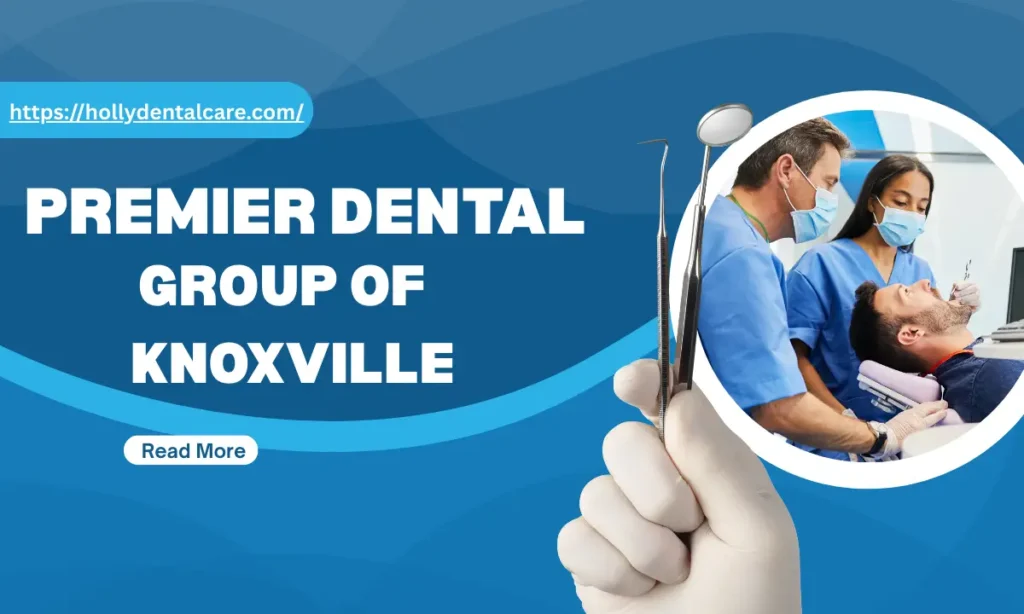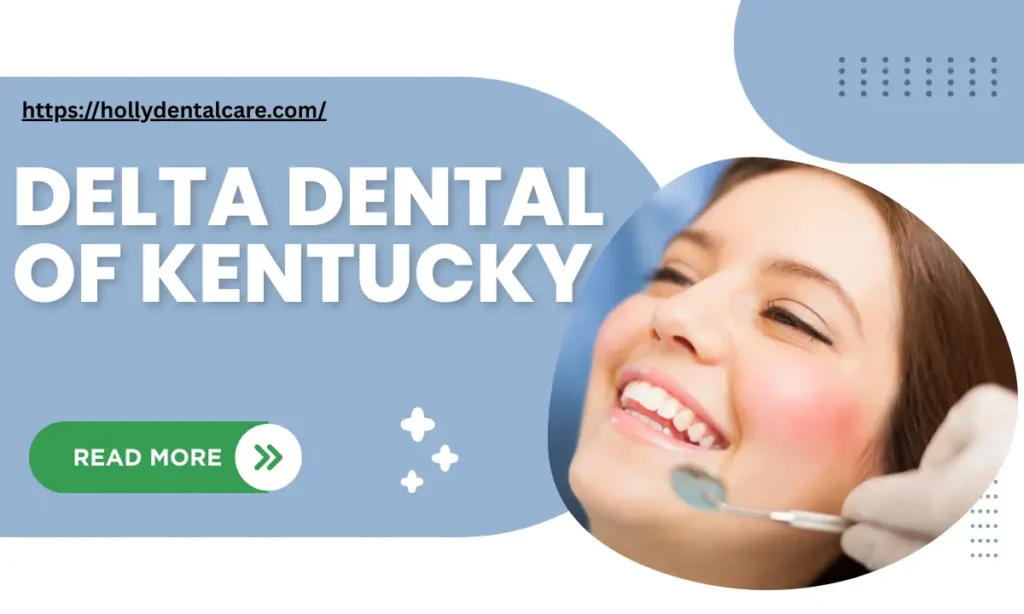What’s the Colour of Naturally Healthy Teeth? When most people envision healthy teeth, the first image to come to mind is the perfect white Hollywood smile. However, the natural tooth colour is not really a pure white. Healthy teeth may go from being slightly yellow to greyish-white, and that depends upon several intrinsic and extrinsic factors.
The enamel is semi-translucent. Beneath it lies dentin, the yellowish tissue that ultimately determines the general colour of the tooth. Thus, it is the interaction of this translucency of enamel and the colour of dentin, which gives teeth their natural colour. In fact, teeth becoming yellow is a matter of aging and intrinsic stains. Conversely, teeth that look really white may be white due to bleaching, veneers, or photo editing.
What’s the Colour of Naturally Healthy Teeth?
Commonly accepted by the media and advertisements, natural teeth are not actually pure white. The normal color of teeth is from a pale yellow greenish white. Discoloration caused due to translucent enamel on the surface of the tooth which allows viewing of the dentin which is yellow in color. The factor that can cause teeth discoloration is genetic predisposition, thickness and depth of enamel and age together with some dietary through lifestyle habits causes discoloration in natural teeth.
A slight yellowish shade is normal and doesn’t necessarily signal any dental health issues. When we consider extremely white teeth, it’s simple to conclude they represent beauty, frequently obtained through aesthetic procedures. The most important thing in terms of what constitutes a healthy tooth is whether it is strong, cavity-free, and devoid of any signs of gum disease. Honestly, the fact is evident; white teeth do not mean that you possess true dental health. True dental health, pure and simple, involves personal oral hygiene, routine cleanings at the dentist’s, and giving up the cigarette habit to restore the natural color of the teeth.
Factors Affecting Natural Tooth Colour
- Genetics and teeth structure: The important genetic effect on the intrinsic color of the teeth is also evident from variation in enamel thickness and translucency. Together with the hue of dentin that collectively influences the perceived color.
- Age-Related Changes: With time, a considerable amount of the enamel’s thickness reduces. As a result, it makes the teeth look darker or yellowish. Reduced enamel also permits very yellow dentin to show up. Additionally, many years of eating various foods and drinking a lot of beverages or lifestyles contributed to staining of the teeth. Additionally, this is a frequent event and does not inherently suggest bad oral health.
- Lifestyle and Diet: The stains are said to be caused by liquid substances such as coffee, tea, and red wine and tobacco stains. Aerosol stains of that form are not capable of penetrating deep into the tooth to jeopardize its health. The somewhat regular cleaning schedule maintains this behavior. Healthy teeth can develop stains that can generally be removed by a dentist.
- Oral Hygiene Practices: Various natural changes could bring about differences in the color of teeth among individuals; however, proper dental maintenance-twice brushing each day, flossing, and periodic dental check-ups-can prevent plaque accumulation from developing into calculus formation or into gum disease. All of these factors could add up to the appearance and health of your teeth.
Myths vs. Reality About Tooth Colour
- Whiter Teeth Indicate Healthy Teeth: We can not ignore the attraction element in advertising or promotional activities. Pretty white teeth do not constitute good dental health. An exceedingly white tooth could be hiding problems about cavities or gum disease under its exterior.
- Yellow Teeth Indicate Poor Health: Some tint of yellow would suggest healthy enamel since it would allow the two shades of dentin to shine through. Healthy, though not too White, teeth can get a little help from cosmetic dentistry, though this almost implies that better health has been conferred upon the teeth.
- Whitening Products are Good for Dental Health: Other than improving the appearance of the smile, whitening strips and bleaching agents commercially offer little in positive value for the teeth. Prolonged or reverse use could, however, further cause sensitivity and harm to the enamel.
How to Maintain the Natural Colour of Healthy Teeth
- Floss your teeth once daily to remove excess plaque and food particles to avoid acquiring yellowish stains due to tartar deposits on the teeth.
- Professionally, cleaning well by scaling and polishing can remove any extrinsic stain from the surface of the teeth and then restore their brilliance without altering the natural color.
- Eat healthy foods. It is indeed very helpful to avoid outside staining by cutting down on stain-greasing drinks like coffee, tea, and colas.
- Crispy fruits and vegetables like apples and carrots act as a toothbrush at least naturally to your teeth.
- Another habit is smoking. Stained teeth are a hallmark of chewing tobacco and contribute to various oral health problems. Avoid these fumigating habits that will benefit in keeping your teeth bright and healthy.
- Drinking water washes the remains of food and acids, hence freeing stains and preventing them from penetrating the enamel.
When Should You See a Dentist?
Most probably, your teeth are healthy despite some natural yellowish tint and no sign of pain or cavity and gum problems. However, if you find any sudden discoloration – brown, gray, or even black – it is time to say that the teeth are not in good condition, as they could probably be cavities, injury, or drug reactions. A dentist would decide whether it is more just age-related when it happens to discoloration, or if there is cause for serious concern. For in-person shade concerns, a South Gate dentist can assess causes and advise next steps. If treatment is qualified, they could recommend things like professional whitening or veneers, for example, as other cosmetic ways to improve your smile.
Conclusion
Not only is it the color of snow that healthy teeth can boast of; there are different shades of white to be found, commonly with some undertone of yellow or gray. This is due to the influencing genetic factors, thickness of enamel, and color derived from the dentin underneath. Yes, in fact, dentists do consider one of the characteristics of healthy teeth to be one of bright white color. Unsurprisingly, many high-profile celebrity advertisements urge a few individuals into treatment for tooth whitening when maintaining nicely healthy pearly whites only opts to follow basic oral hygiene, a good diet, and regular dental checkups.
Also read:- Infection Wisdom Teeth: Causes, Symptoms, Treatment and Prevention



